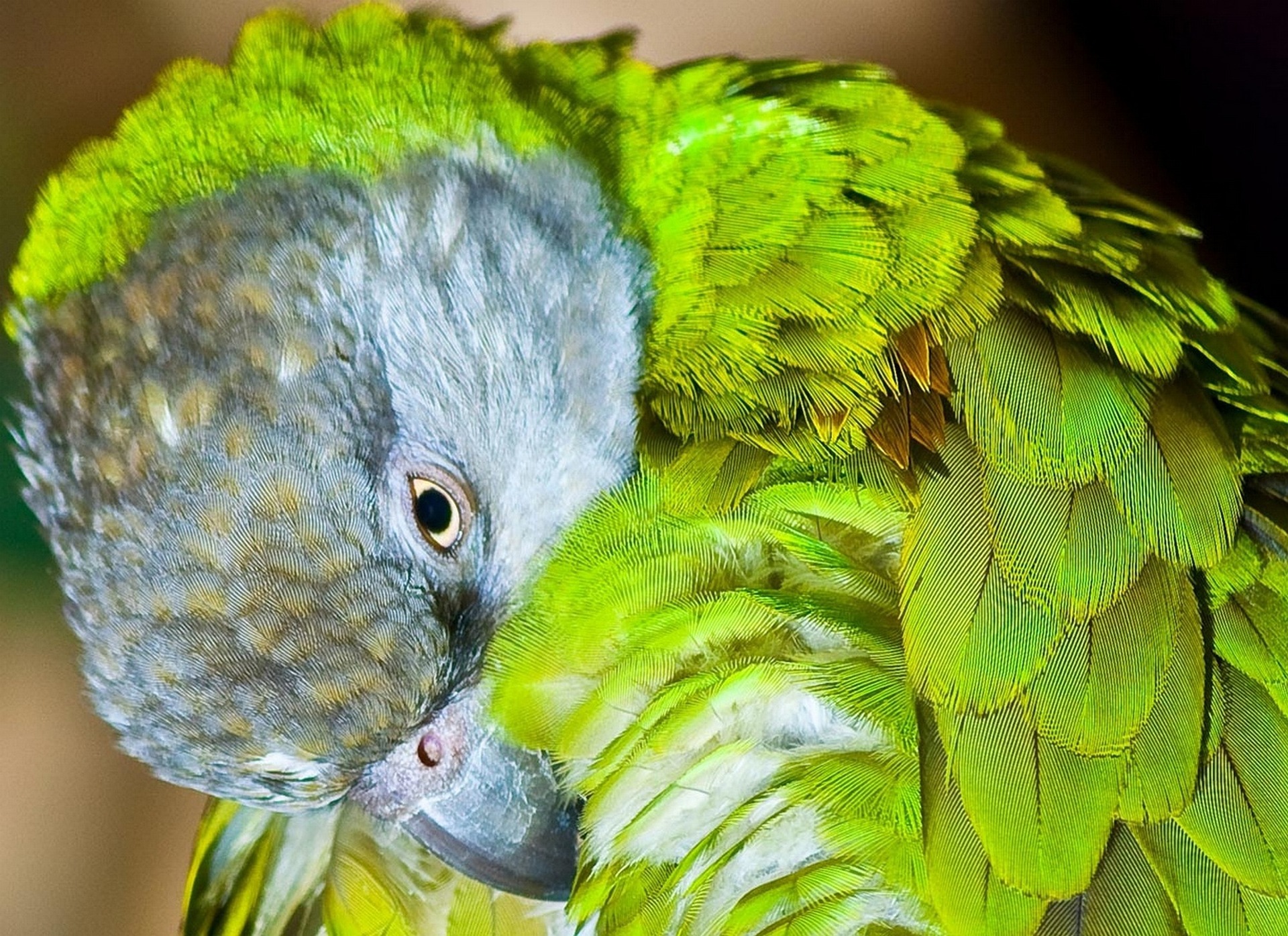The Senegal Parrot is found in Africa and can be found in Senegal. Also, it can be found in Northern Africa. They are also very social birds and can be found in groups of up to 100 birds. They live anywhere from 20-30 years (which is pretty long for a bird). Also, the Senegal Parrot is on the endangered list. It is endangered due to deforestation and hunters killing them for their feathers.
The Senegal Parrot needs a proper aviary. Click here to make one or search here on Amazon.
Diet
The Senegal Parrot mainly eats fruit, nuts, seeds, and greens but also eats some insects (mostly caterpillars). They drink from pools and pools of water.
Vocalizations
Their voice is unique because it can be heard from over 100 feet away, and they make it by opening their mouth (one of the only two birds that do this). Their call sounds like “kree,” “Kreee,” or “Kreeeee.”
The Senegal Parrot also has many different calls. When they are scared, they can make a loud call out while flapping their wings to scare off predators such as cats, dogs, or snakes. They will also make a screeching noise when they are happy. They make creaking noises or chirp to show that they are pleased. They also make a noise that resembles laughter when playing with their friends or other Senegal Parrots.
Colorization
The Senegal Parrot is mainly green with some yellow parts on its wings. Also, the Senegal Parrot can be found in 2 colors (green and yellow). They have a white beak, black eyes, and two lilac-colored lines on each side of their chest. The female looks like the male, except instead of having dark gray legs, it has lilac-colored legs.
The female Senegal Parrot lays three eggs at a time, and the male helps take care of the babies. They have to be cared for 24 hours a day. You must give them fresh fruit, vegetables, and water. You must watch out for their toys in case they try to swallow them. If you see your Senegal Parrot baby has something in his beak, it is important to grab it right away, or he may swallow it and choke! Also, you should make sure that they are not overheating because if they get too hot, they will lose their feathers and die (it is very important that you either put a fan on in the room or keep the windows open). Before you feed them, you should make sure they don’t have any food stuck in their throat.
If the baby is your first-born Senegal Parrot, it will be very important to handle him/her a lot so that he doesn’t get shy when he gets older. Also, if you notice that the baby doesn’t look like its brothers and sisters or if it seems to be walking with a limp then you should take them to an avian vet as soon as possible because it may have a broken leg. If you keep these babies warm and everything else is working, then there should not be any problems with the baby Senegal Parrots.
Conclusion
In conclusion, the Senegal Parrot is a great pet. They are very social and like to be played with. Just make sure you handle them often so that they don’t get shy when they are older. Also, make sure that your Senegal Parrot gets enough food, water, and exercise because if any of those things are lacking, then your Senegal Parrot will suffer from malnutrition.
Click here for a quick guide on the best birds for beginners
